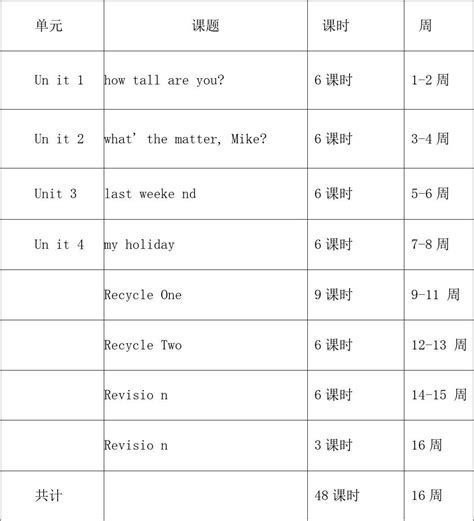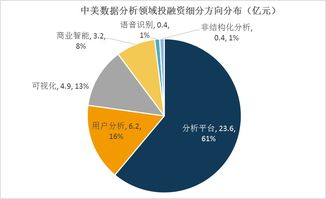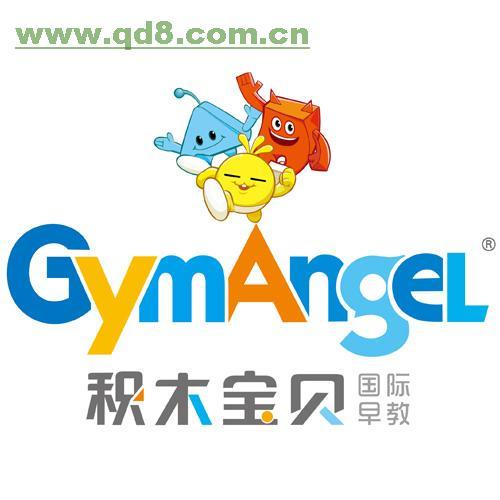早教课表图片
Title: Effective Early Childhood English Class Schedule
Creating an effective early childhood English class schedule is crucial for engaging young learners and facilitating their language development. A wellstructured class not only keeps children interested but also maximizes learning outcomes. Below is a comprehensive class schedule designed to optimize English language acquisition for young learners:
Class Schedule: Early Childhood English
Objective:
To introduce English language concepts in a fun and interactive manner, fostering a love for learning and laying a strong foundation for future language proficiency.
Duration:
Each class session: 45 minutes to 1 hour
Class Components:
1.
Welcome and WarmUp (5 minutes):
Greet students warmly as they enter the classroom.
Engage in a short warmup activity to transition into English mode, such as a simple song or a game of Simon Says using English commands.
2.
Introduction to Vocabulary (10 minutes):
Introduce new vocabulary words through flashcards, pictures, or real objects.
Use gestures, actions, and repetition to reinforce understanding.
Encourage students to repeat after the teacher and practice pronunciation.
3.
Storytime (10 minutes):
Read a short story or a picture book with simple English sentences.
Use expressive intonation and gestures to make the story engaging.
Pause occasionally to ask questions and check comprehension.
4.
Language Activity (15 minutes):
Conduct a language activity related to the story or vocabulary introduced.
This could include a matching game, a roleplay activity, or a craft project.
Encourage students to use the target language in context.
5.
Music and Movement (10 minutes):

Incorporate songs, chants, or rhymes into the lesson to reinforce language learning.
Include actions or dance movements to make it interactive.
Use music as a tool for repetition and memorization.
6.
Review and Closure (5 minutes):
Review key vocabulary words and concepts covered in the class.
Provide positive reinforcement and praise for participation.
End the class with a goodbye song or routine.
Tips for Effective Implementation:
Keep it Interactive:
Incorporate games, roleplays, and handson activities to keep children engaged and active participants in their learning.
Use Visual Aids:
Utilize flashcards, props, and multimedia resources to support comprehension and make learning more visual and tangible.
Encourage Participation:
Create a supportive environment where children feel comfortable speaking and interacting in English. Encourage all students to participate and praise their efforts.
Be Flexible:
Be prepared to adapt the schedule based on the energy level and attention span of the children. Allow for spontaneous moments of exploration and discovery.
Repeat and Reinforce:
Repetition is key for young learners. Repeat vocabulary words and language structures throughout the class and provide plenty of opportunities for practice.Conclusion:
An effective early childhood English class schedule balances structure with flexibility, providing a variety of activities to cater to different learning styles and preferences. By creating a positive and engaging learning environment, teachers can inspire a lifelong love for language learning in their young students.











